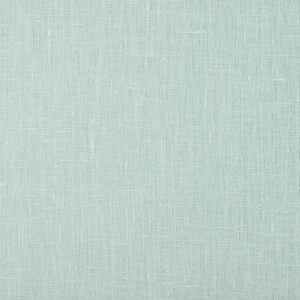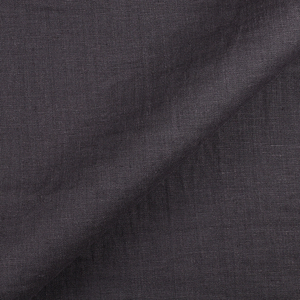Rohit Bal’s Affair with Linen
He may be willing to work with other fabrics, but none have his heart like linen.
Hailing from India, Rohit BAL has taken India’s fashion to new and more exotic worlds, changing how Indians allow themselves to view their clothing. In the process, he has influenced a number of other cultures around the world. And the world is all the richer for it.
With a firm grasp on history (he holds a first class history degree), Bal understands what has been done in the world and in fashion, which gives him perspective and permission concerning what ought to be done next. The result is breathtaking. But what makes him stand out isn’t his ability to shock and awe the fashion industry. Albeit, he does this like none before. But this isn’t his purpose. Rather, he wants to design and change fashion with a single purpose: to create clothing that is both wearable, attractive, and comfortable. And when it comes to comfort and beauty, nothing in his repertoire fits the bill quite like his works of linen.
As linen is one of the easiest fabrics to work with, Bal jumps at the chance to use it in his clothing. Unlike other designers, Bal doesn’t find a niche in which linen fits and stuffs it in there. He simply inserts linen where the clothing calls for it. The result is a linen catalogue without confinement to any specific article of clothing. Jackets, shirts, skirts, and more are all formed with the malleable fabric, as Bal essentially sets loose any boundaries put on linen.
While Bal primarily works with linen dyed in earth tones, his abnormal use of linen permits other designers to do as they wish with the delicate, yet oddly durable fabric. Because if Bal can create gorgeous pieces with ivory, imagine what could be done with more contemporary colors. At the same time, Bal’s use of ivory and natural colors play to the natural strength of linen. Unlike other fabrics that may be less comfortable or attractive and therefore beg for absurd colors for impact, Bal allows muted tones to speak loud and clear through design’which is where Bal’s attention to detail is important.
Though linen is easily colored and molded, that doesn’t put Bal at ease. Linen being his favorite material to work with, he doesn’t take advantage of it or abuse its benefits. He treats it with the respect it deserves, lovingly molding each piece by hand, unwilling to make the smallest compromise, despite the fact that linen would allow him a mistake here and there. Because for Bal, a lack of care would be an insult not only to the fabric with which he is working, but an insult on the individuals who will wear the garments he creates.
This understanding, this passion, this relationship with linen ought to be present with anyone working with linen. Then and only then can a designer expect to turn a piece of fabric into a properly fitting garment. Then and only then can a fashionista expect to make linen look as if it were created with seams. Then and only then can a seamstress expect an end product that deserves to be on a runway, whether it was made in Rhode Island, Mississippi, India, or Peru.
















































Leave a comment